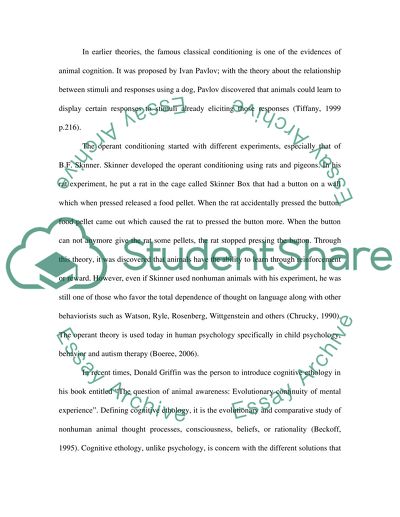Cite this document
(“The interrelation between thought and language has been a central and Essay”, n.d.)
The interrelation between thought and language has been a central and Essay. Retrieved from https://studentshare.org/miscellaneous/1537139-the-interrelation-between-thought-and-language-has-been-a-central-and-enduring-issue-in-philosophy-and-psychology-of-particular-interest-has-been-the-possibil
The interrelation between thought and language has been a central and Essay. Retrieved from https://studentshare.org/miscellaneous/1537139-the-interrelation-between-thought-and-language-has-been-a-central-and-enduring-issue-in-philosophy-and-psychology-of-particular-interest-has-been-the-possibil
(The Interrelation Between Thought and Language Has Been a Central and Essay)
The Interrelation Between Thought and Language Has Been a Central and Essay. https://studentshare.org/miscellaneous/1537139-the-interrelation-between-thought-and-language-has-been-a-central-and-enduring-issue-in-philosophy-and-psychology-of-particular-interest-has-been-the-possibil.
The Interrelation Between Thought and Language Has Been a Central and Essay. https://studentshare.org/miscellaneous/1537139-the-interrelation-between-thought-and-language-has-been-a-central-and-enduring-issue-in-philosophy-and-psychology-of-particular-interest-has-been-the-possibil.
“The Interrelation Between Thought and Language Has Been a Central and Essay”, n.d. https://studentshare.org/miscellaneous/1537139-the-interrelation-between-thought-and-language-has-been-a-central-and-enduring-issue-in-philosophy-and-psychology-of-particular-interest-has-been-the-possibil.


